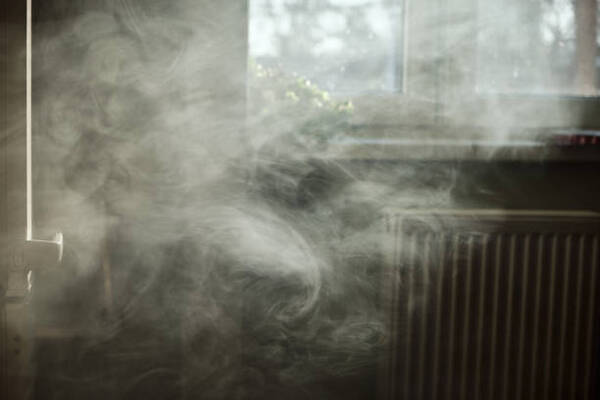- 1-905-452-8193
- Contact Us
- Member Login
- Get Listed Today
- 220,911 members

Having clean and healthy air to breathe is essential for physical, emotional and mental well-being. Indoor air quality refers to the air conditioning Sydney inside buildings such as homes, schools, offices and other enclosed spaces. The significance of indoor air quality is that it can have a major impact on the comfort, health and productivity of people who spend time in those environments.
Poor indoor air quality can lead to an array of respiratory problems including asthma, allergies, headaches and fatigue. It can also cause long-term health problems such as heart disease or cancer when exposure to pollutants over time reaches dangerous levels. Common pollutants found in indoor air include mould spores, dust mite allergens, radon gas from soil or water contamination and volatile organic compounds (VOCs) from paint, cleaners, air fresheners and other consumer products.
Improving indoor air quality is essential to creating an environment that is safe and comfortable for occupants. Air ducts need to be regularly cleaned and maintained so that they are free of dirt, dust and debris which can contribute to poor air quality. Filters should be changed often as well to keep the air clean. Air purifiers are also helpful in removing pollutants such as VOCs, allergens and smoke particles. Ventilation systems can help reduce levels of moisture in the air while allowing fresh air into the building.
Indoor plants have been found to improve indoor air quality by absorbing toxins and releasing oxygen back into space. Additionally, it is important to reduce the number of chemicals and other hazardous materials used in cleaning products, paints or furniture.
Overall, good indoor air quality can have a positive impact on people’s lives and well-being. It is important to be aware of potential pollutants found indoors and develop strategies to minimize exposure. By taking these steps, people can create an environment that is safe and comfortable for everyone.
Poor indoor air quality can cause a range of health problems, from allergies to respiratory illnesses. It’s important to understand the signs that your home may have poor air quality so you can take action to improve it. Here are 10 signs that your home has poor indoor air quality:
Excessive Dust
If dust builds up quickly in your home and is settling on surfaces like tables and counters, then this could be an indication of poor air quality. This could be caused by insufficient ventilation or inadequate filtration systems.
Odours
Unpleasant smells indoors can indicate airborne toxins such as VOCs (volatile organic compounds) or mould spores in the air. Foul odours should be investigated and the source removed or treated.
Allergies and Respiratory Symptoms
If you, your family, or visitors experience more allergies or respiratory symptoms like coughing, wheezing, stuffy nose, itchy eyes, and headaches when indoors than outdoors - poor indoor air quality may be to blame.
High Humidity
High humidity in a space can cause condensation on walls and windows and lead to mould growth. To prevent this problem keep relative humidity between 30-50%.
Visible Mold Growth
Spotting visible mould growth is an obvious sign of an indoor air quality issue. If mould is present it should be addressed immediately to eliminate the possibility of negative health effects.
Unusually High Energy Bills
If your energy bills are unusually high, it could be due to an inefficient HVAC system that is working harder than necessary to circulate air in the home. This could also be a sign of inadequate filtration that is reducing efficiency.
Water Leaks or Flooding
Water damage and leaks can lead to mould growth and poor indoor air quality if not addressed promptly and properly.
Insects and Rodents
If you spot small pests like ants, silverfish, spiders, or rodents inside your house – this could indicate poor indoor air quality created by excessive moisture levels within the home.
Unexpected Health Effects
Unusual health effects such as headaches, dry eyes, dizziness, and fatigue can be linked to poor indoor air quality.
Poor Ventilation
Insufficient ventilation in a space can lead to an accumulation of pollutants that may not be able to escape your home easily. This could happen if windows or doors are usually kept closed or the air filter is too weak to adequately circulate fresh air throughout the house.
Keeping these signs in mind and being mindful of your home’s environment can help you quickly identify any issues with indoor air quality before they become bigger problems. If you notice any of these signs or have concerns about indoor air quality, contact a professional HVAC technician to inspect and address the issue promptly.
